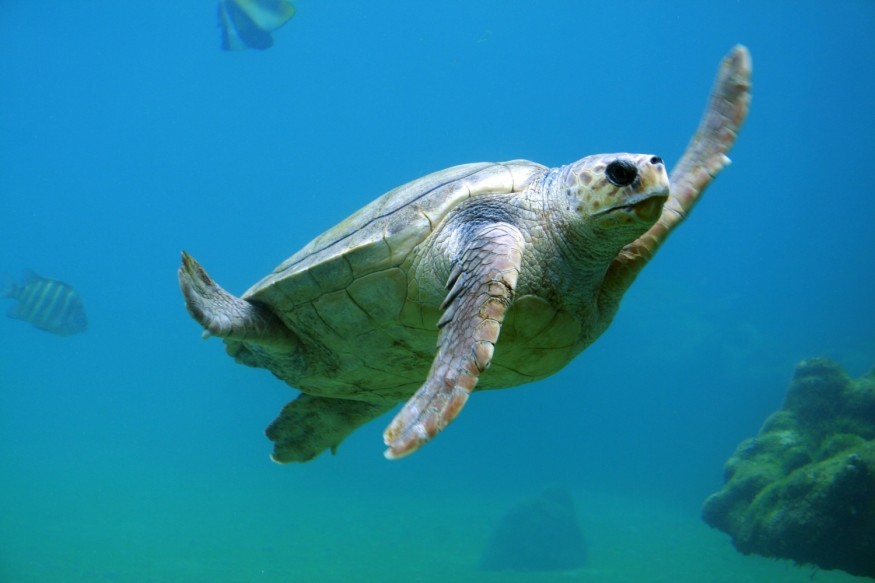
It's easy to presume that tortoises are just lumbering living rocks, too late to learn party tricks, and not smart enough to remember long-term memories. However, a new study suggests we are underestimating our shelled friends.
A new study, published in the journal Animal Cognition, discovers how giant tortoises can learn new tasks and still perform them nearly a decade later after being trained - which is good news, considering they can live for over 100 years.
Scientists from Okinawa Institute of Science and Technology set out to test the intellectual capacity of the Galápagos giant tortoises and Seychelles giant tortoises almost ten years ago in Tiergarten Schönbrunn - a zoo in the Vienna, Austria.
Lead author Michael Kuba told IFLScience that zookeepers work with the turtles. He pointed out a report of target training Aldabras for veterinary handling.
"When we went into [ancient] literature of sea [journeys], we found accounts that called [tortoises] unintelligent and described how easily they were trained using negative reinforcement," Kuba explained.
The researchers also wrote in their study that reptiles were often seen as mechanical machines, ineffective of doing more complex behaviors, and reduced to a footnote in the evolution of learning and intelligence.
This new study sheds enlightenment on the misunderstood cognitive abilities of these cold-blooded creatures. Kuba and his team hope that their research challenges the assumptions on reptile intelligence.
"Work on cognition in reptiles is [usually] limited by availability. The more species we test, the clearer the [understanding] becomes that many reptiles have a similar cognitive capacity to mammals," Kuba said.
Scientists frequently subject mammals, birds, and fish to aptitude tests, although reptiles - not recognized the brightest species in the animal kingdom - have mainly been ignored from this discussion.
How did the scientists train them?
The tortoises were trained with the help of positive reinforcement training and associated a reward - such as treats - with an individually colored ball on a stick.
When presented with two different colored balls, these shelled animals were able to select the ball associated with food, bite it, and receive the reward.
The experts then evaluated whether the tortoises recalled their training after 95 days. Each tortoise went closer and responded to the sticks, just as they were trained to months ago.
Even more remarkably, the same crowd of tortoises was tested nearly a decade later and discovered to possess the memories of their training still. However, they were unable to recall the specific color of the ball immediately.
There are 15 giant tortoise species, though every so often they seem to rise again after being long-thought gone. The Galápagos enormous tortoise collection covers some of the largest living species of tortoise.
The tortoises are also one of the longest-living invertebrates - known to weigh up to 500 pounds (227 kilograms) - reaching the age of 100 years old in the wild. Seychelles giant tortoises could also live to grand old ages.
First visitors to the Galapagos - including Charles Darwin in the early 19th century - made tortoises as a source of food during the arduous journey across the Pacific Ocean.
© 2025 NatureWorldNews.com All rights reserved. Do not reproduce without permission.





